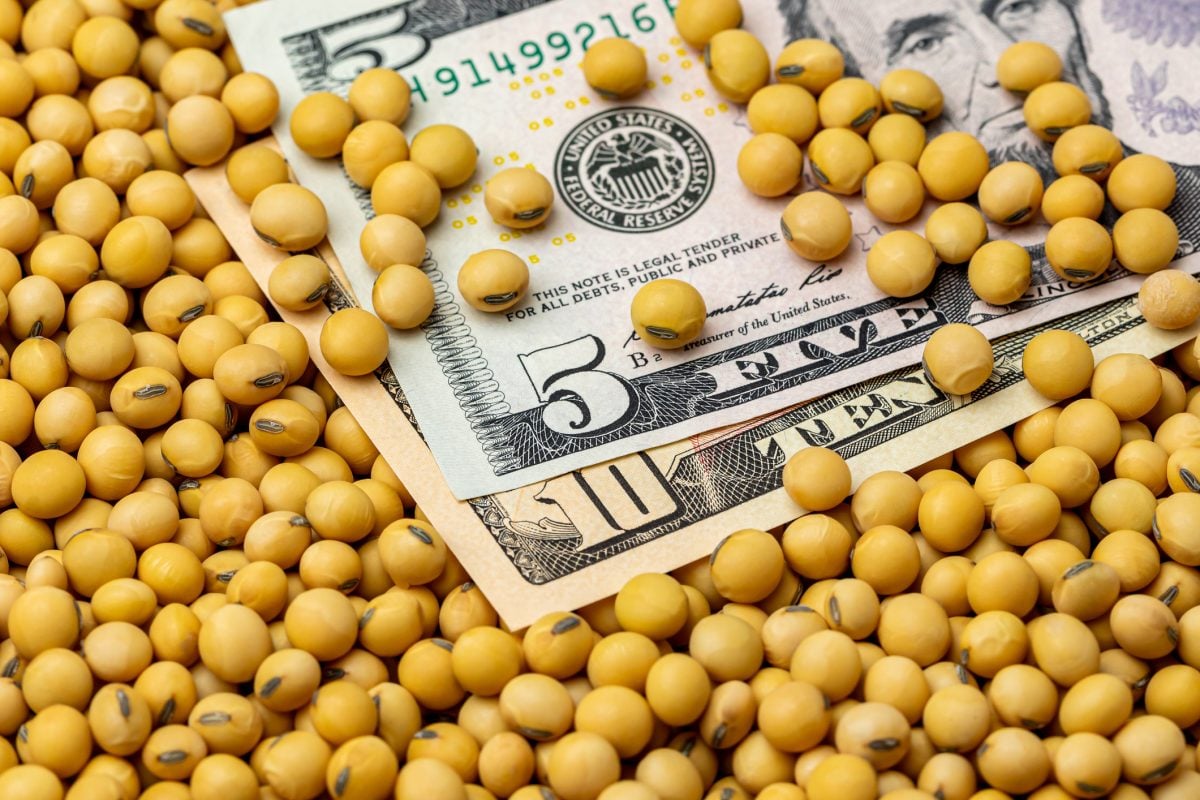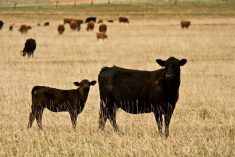Compared to last week western Canadian yearling markets traded $3-$4 on either side of unchanged. The quality was quite variable resulting in the wide price structure; however, decent genetic and lower flesh packages were red hot. Feedlot operators were extremely aggressive on 700- to 800-lb. steers although higher weight categories were also well bid. Auction volumes are starting to drop off in line with the seasonal tendency. Major feedlot operators want to be carrying sufficient numbers through the summer. The feed grains complex is carrying a significant inverse between old- and new-crop positions. Packers have been showing favourable basis levels for the final quarter of 2022. There’s bullish fundamental justification for higher live cattle futures from October 2022 through April 2023.
Read Also

U.S. grains: Soybean futures hover near 15-month high after China buys U.S. cargoes
Chicago Board of Trade soybean futures hovered near a 15-month high on Wednesday after trade sources said China made its first purchases from the autumn U.S. harvest ahead of a summit between leaders Donald Trump and Xi Jinping.
South of Edmonton, larger-frame Simmental mixed steers carrying lower flesh weighing 900 lbs. with full health data on light grain ration dropped the gavel at $190; similar-quality and -detail steers averaging 750 lbs. reached an astonishing $221. East of Calgary, a larger group of tan mixed heifers with medium to lower flesh with health records on light barley ration averaging 818 lbs. were quoted at $181 landed in the feedlot. Near Lethbridge, fleshier mixed heifers weighing 820 lbs. dropped the gavel at $166. Fleshier yearlings are extremely costly for the finishing feedlot with feed grain prices at historical highs. Yearling supplies have evaporated in Manitoba and Saskatchewan.
The finishing feedlot is setting the price for grassers and lighter calves. Pastures are in poor condition across the Prairies and need a couple of weeks of heat to spur on development. Ranchers are scraping by with the little forage on hand. Light-weight, poor-quality calves and older cows are being liquidated in an effort to preserve herd value.
In east-central Alberta, Angus blended steers weighing 630 lbs. were valued at $226 and Hereford-based heifers averaging 650 lbs., $192. Northwest of Winnipeg, Charolais-based steers weighing 585 lbs. were quoted at $246 and similar-quality heifers averaging 520 lbs. were reported at $213. Near Lethbridge, black steers averaging 620 lbs. sold for $241 and black heifers averaging 520 lbs. were valued at $210. Calf values are definitely stronger where forage supplies are more readily available. Backgrounders in southern Alberta want to have yearlings on offer for the August timeframe and the market is reflecting this demand in Lethbridge.
The western Canadian feeder market has divorced from the feeder cattle futures. We’re looking for new-crop barley to come on the market in August and it appears Western Canada will have six million to seven million tonnes of feed wheat available given the later seeding dates. New-crop corn will only be available in October for Nebraska feedlot operators. The timeline for new-crop availability has the western Canadian feeder market divorcing from U.S. prices.
— Jerry Klassen is president and founder of Resilient Capital, specializing in proprietary commodity futures trading and market analysis. Jerry consults with feedlots on risk management and writes a weekly cattle market commentary. He can be reached at 204-504-8339 or via his website at ResilCapital.com.













